The chemical bombardment of Halabja through the lens of a Kurdish photographer
Ezzat Shafiq pondered the photographs, remembering the scenes he had witnessed and documented 37 years ago. These photos carry significance for the Kurdish people, for him, and for Halabja, reminding us of the genocide of the Kurds.
As 62-year-old Shafiq shares, the chemical attack on March 16, 1988, on Halabja was especially painful, as he crossed many of the city’s streets on that day using his small handheld camera to capture the scenes of the crime committed against the Kurds.

On that harrowing day, the Iraqi Ba’athist regime bombed Halabja with banned chemical weapons, killing 5,000 civilians and wounding hundreds more. The chemical attacks were such an unprecedented crime that many international photographers and journalists flocked to covered them.
But no photographer was more important than Shafiq, who recalled some of the events leading up to the Halabja massacre. “In 1987, the Ba’ath regime bombed the neighborhood of Kani Ashqan in Halabja. We were displaced and went to Iran after this. We stayed there until the day of the chemical attack on Halabja,” he said.

Returning to Halabja
During these years, Shafiq was a peshmerga and worked in the media, so he had some experience with photography. On March 16, 1988, the day Halabja was bombed, he bought a small camera and several rolls of film in Iran and tried to sneak back into Halabja to document the genocide unfolding before the world.
On March 17, 1988, he succeeded, reaching the village of Biyawella, a few minutes from the center of Halabja. The scenes he discovered were too shocking to process; it was his first time seeing bodies lying lifeless in the streets of a newly bombed town. The deaths of people and livestock and the destruction and desolation of the town were overwhelming.
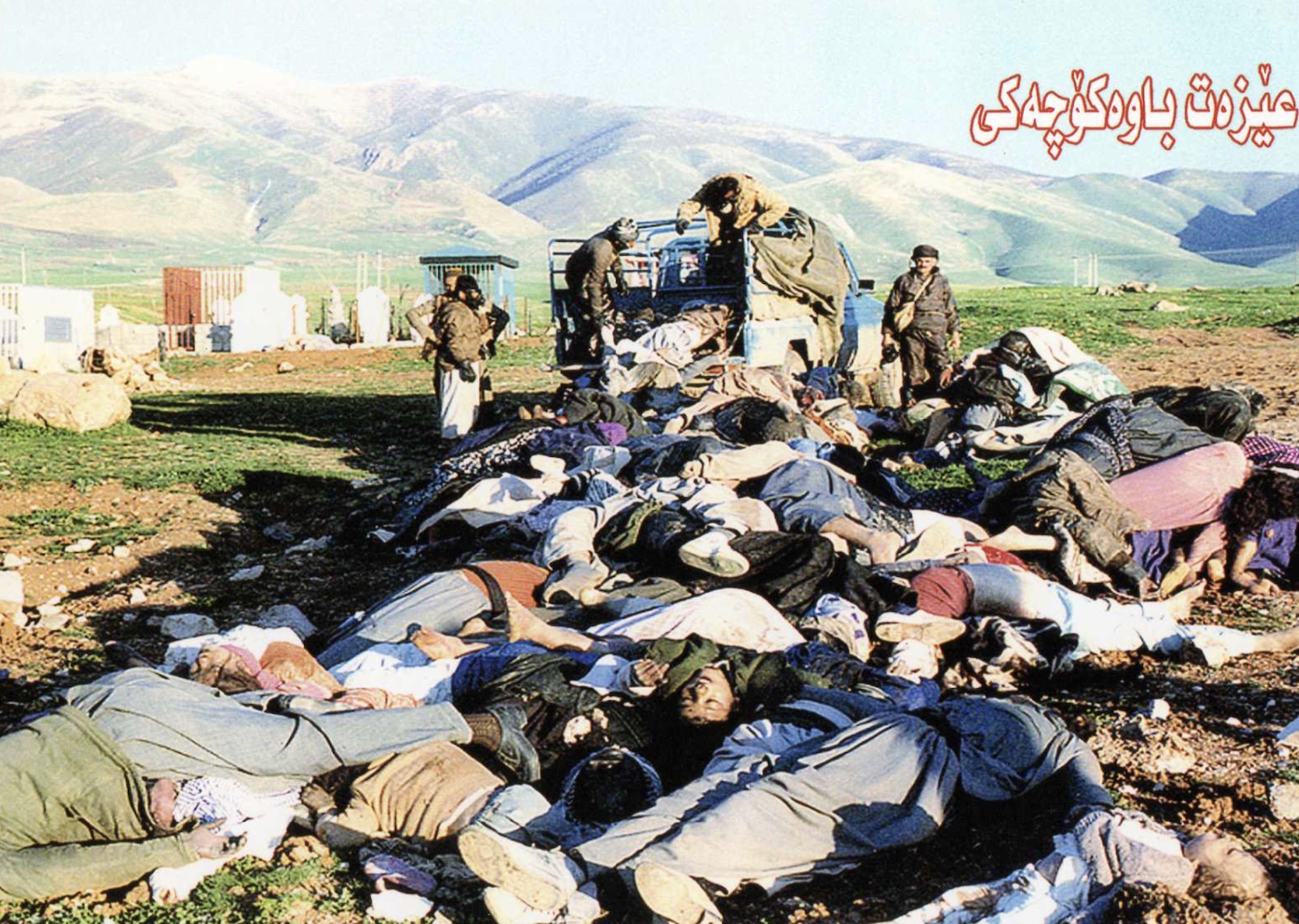
Although he was unable to capture any photos on the first day, he eventually began snapping pictures. “The pictures I took were mostly of houses, streets, and even the cemeteries of the martyrs. I can say that all of them…they were full of pain, but some of them were especially tragic and traumatizing—like the image of a child on the stairs of their house. The child ran, put their foot on the first step, and fell against the door, dying there,” he said.
He also remembered another scene in which a mother held her child tightly, and they remained inseparable even in death.
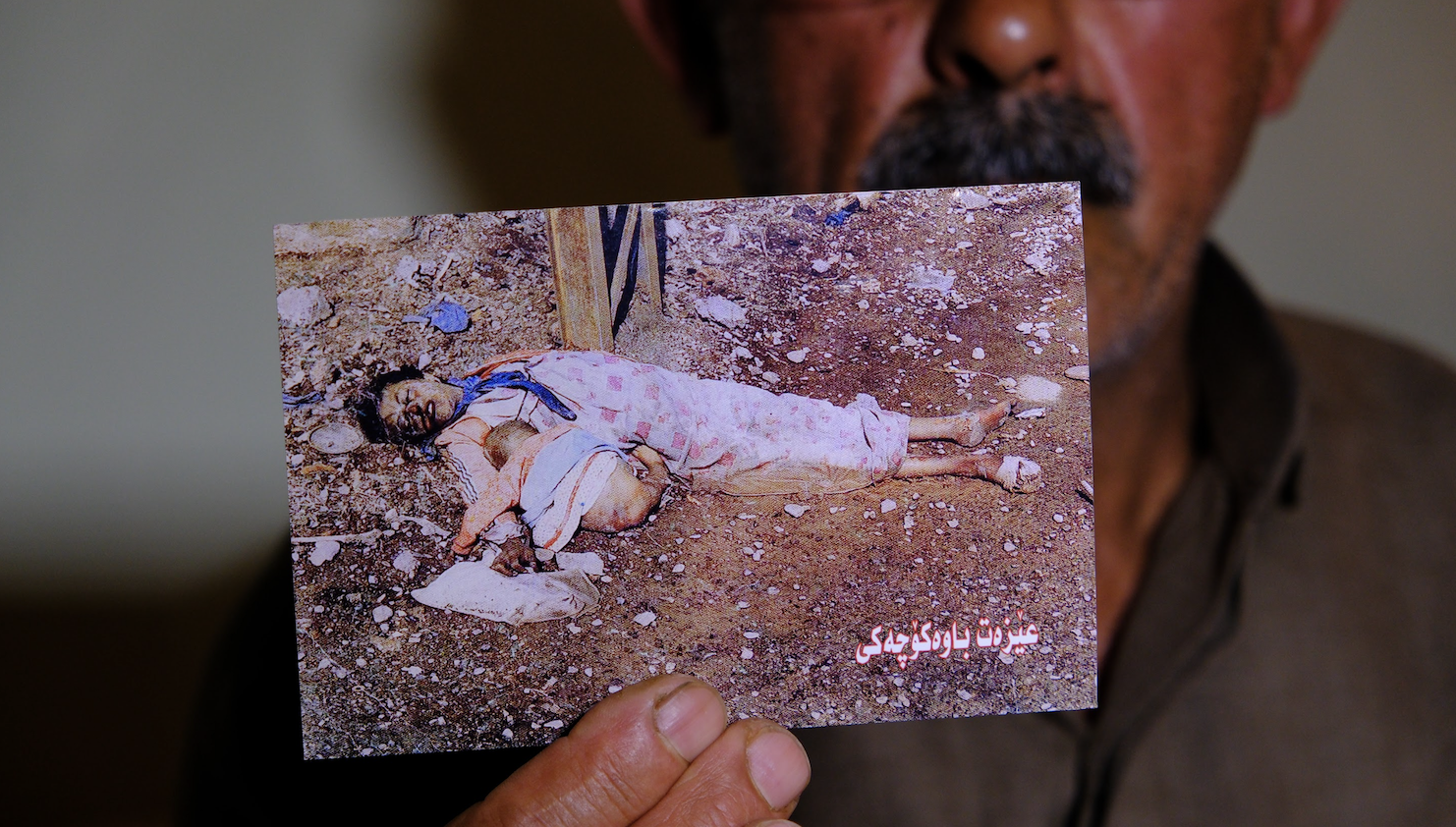
The tragedy he witnessed was unthinkable. “Everywhere we went, the streets were full of bodies. Some were half buried in the sand, others half exposed, because the planes had bombed their homes,” he said. “There was not a single street without bodies. People had run in all directions to escape but were all cut down by chemical weapons. The scenes were deeply moving.”
What distinguishes Shafiq’s work from that of foreign photographers and journalists is that he was more personally affected by the scenes being from Halabja. “When I returned to Halabja, I had no protective equipment or knowledge of the chemicals involved, but I went anyway. Once I arrived, I tried to adapt to the situation. Eventually, they gave me special clothes and gloves,” he said.
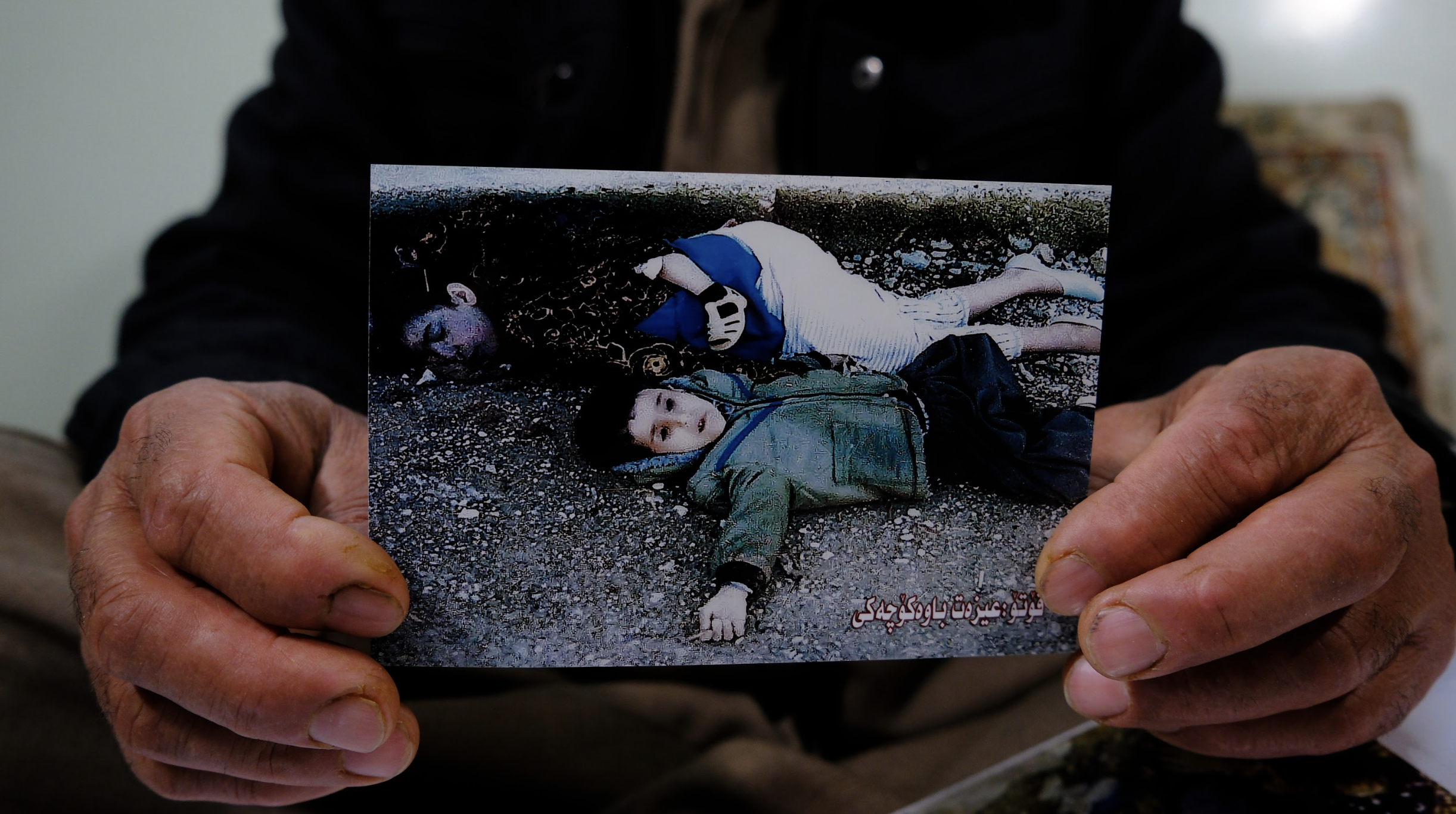
Providing historical proof
Shafiq stayed in Halabja for 18 days. In addition to recording the tragic scenes, he and others collected people’s bodies and buried them. However, his health deteriorated because of the effects of the chemical gas, and he returned to Iran. “While we were in Halabja, we went to the village of Ababayli during the day and stayed there at night. It was a few minutes from the center of Halabja,” he explained.
Although Shafiq’s camera was not high quality, it became an invaluable tool for Halabja. As the only Kurd from Halabja to photograph the aftermath of the attacks, he was able to document the scenes and preserve them as historical evidence for the future. “The camera I had was small, so it was easy to use. It required film, and I had four 36-exposure rolls and two 12-exposure rolls. I filled them all quickly,” he recalled.
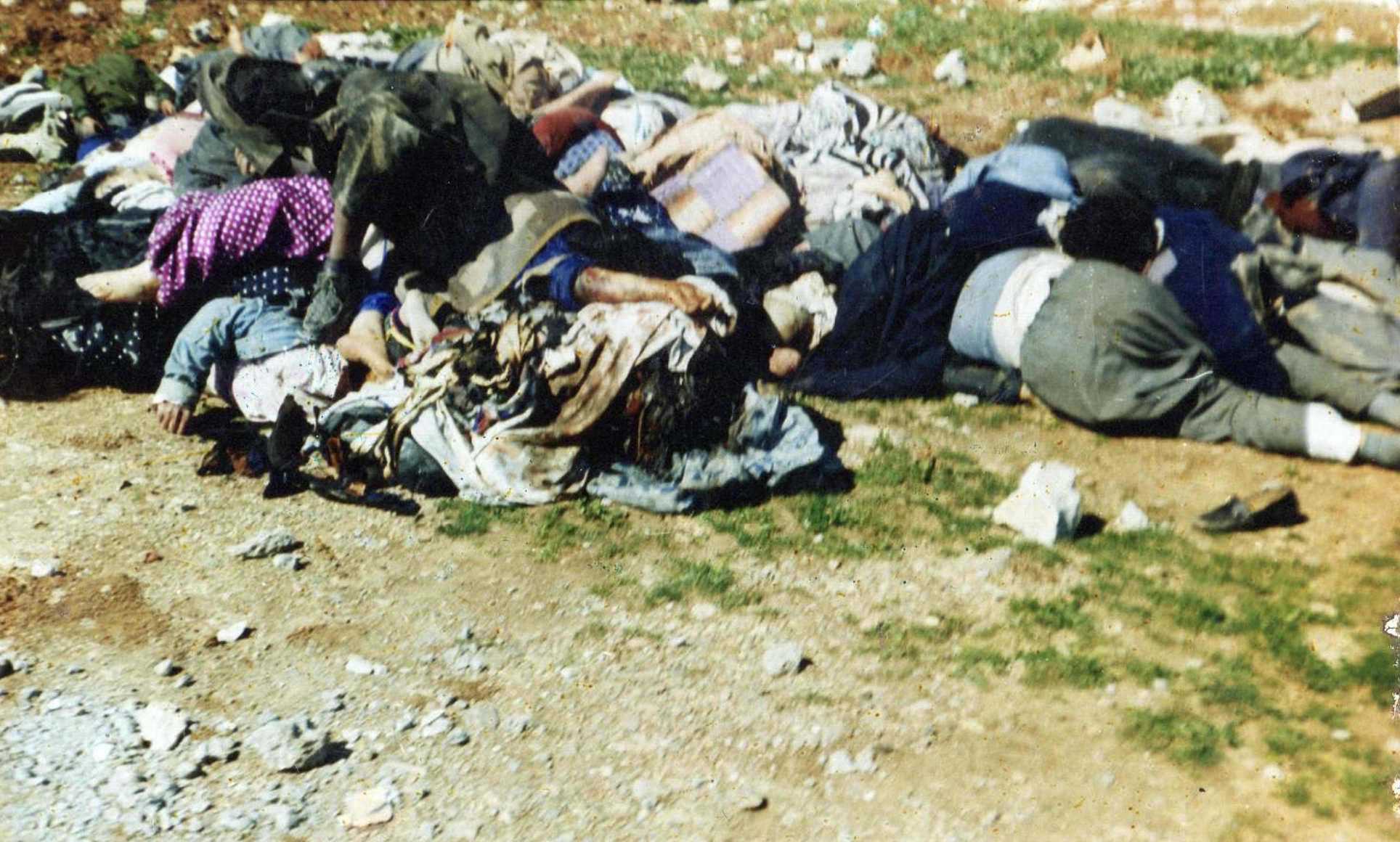
He also mentioned that there were many places that he could not access due to the number of bodies and difficult conditions.
Many remains of the martyrs of Halabja, as well as documents, cameras, and photographs of other photographers and journalists who recorded the crimes of the chemical attack have been preserved. Similarly, Shafiq kept his camera and most of the images he has captured over the past 38 years, preserving this documentation of the chemical attack on Kurdish civilians with the intention of eventually using it as historical proof for the Kurdish nation. “I have taken about 150 to 165 photos, most of which I have not published. Some of them, however, have been published,” he said.
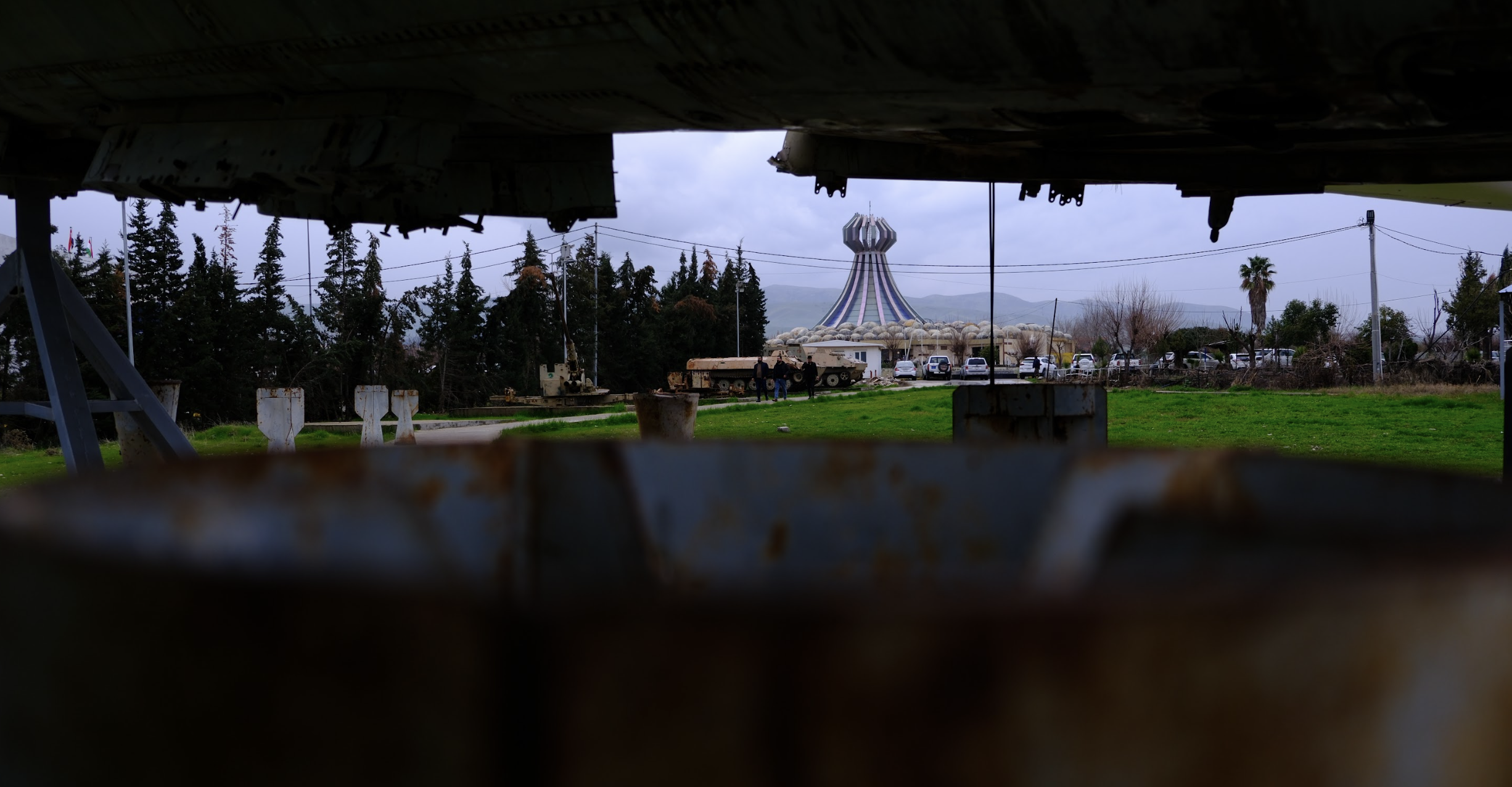
The work of all the photographers and journalists who came to Halabja in the aftermath of the chemical attack and recorded the scenes is vital for the history of the Kurdish people. In recognition of their efforts, a statue has been placed inside the Halabja Monument as a symbol, honoring their work and ensuring they are not forgotten. “It is important for us Kurds to preserve the camera and photos because they are crucial to the history of our people. They are an archive of our people and our city.”
Omer Aziz is a journalist and videographer from Halabja, specializing in Kurdish media since 2012. With a media degree and a passion for storytelling, he captures impactful moments and sheds light on important issues through his work.